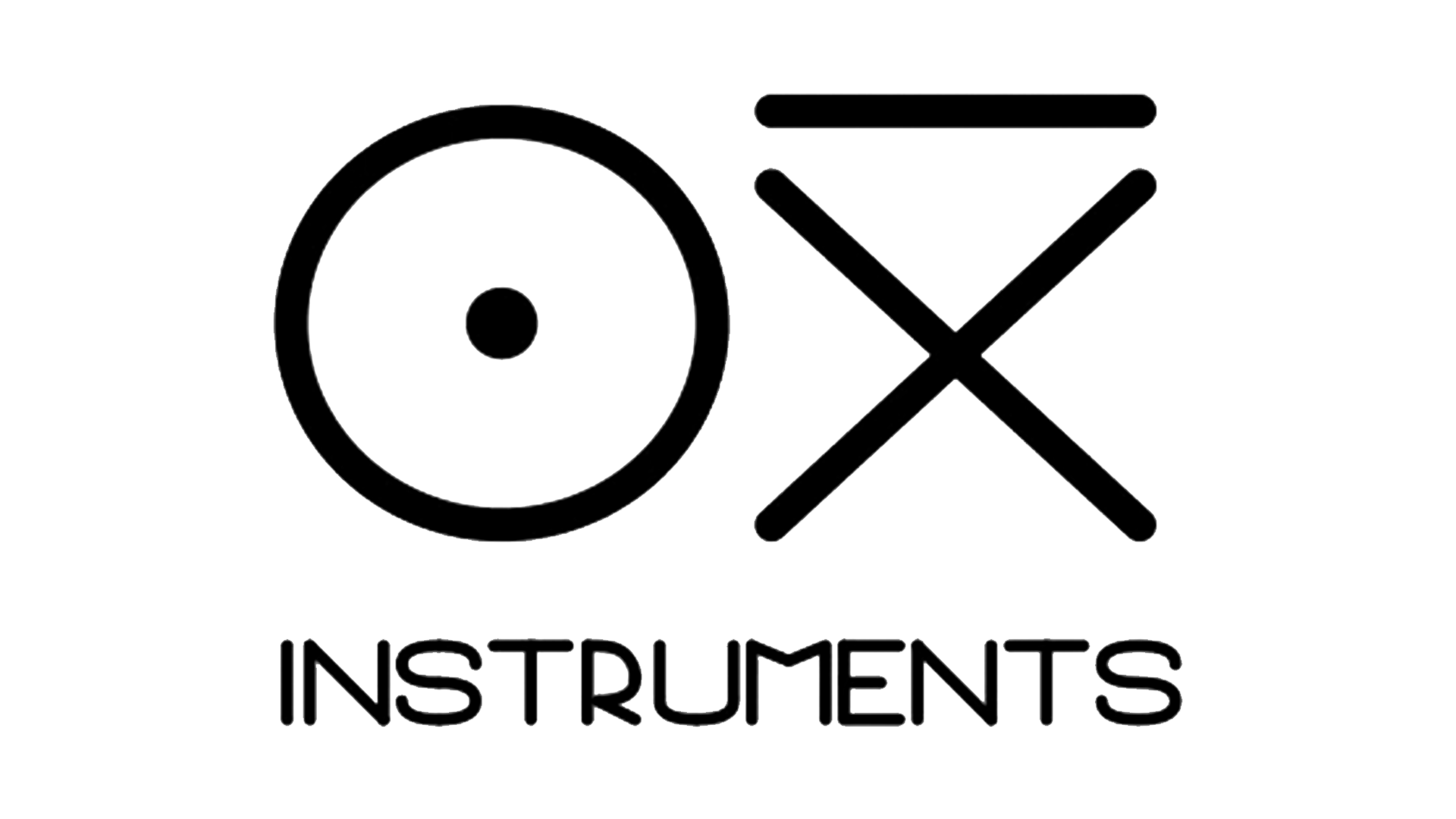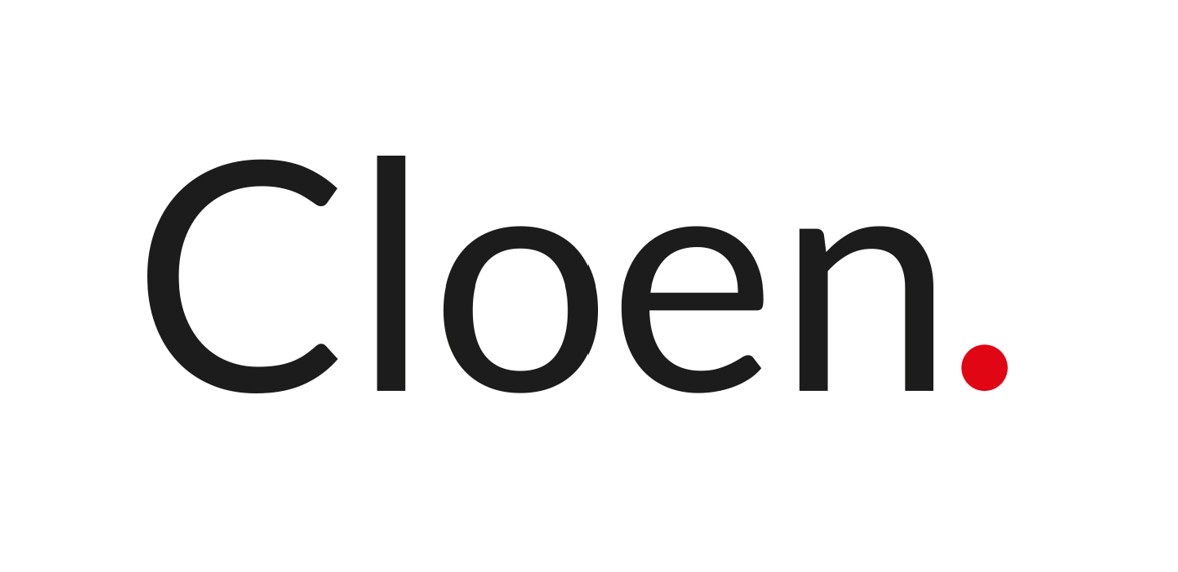FCC Certification
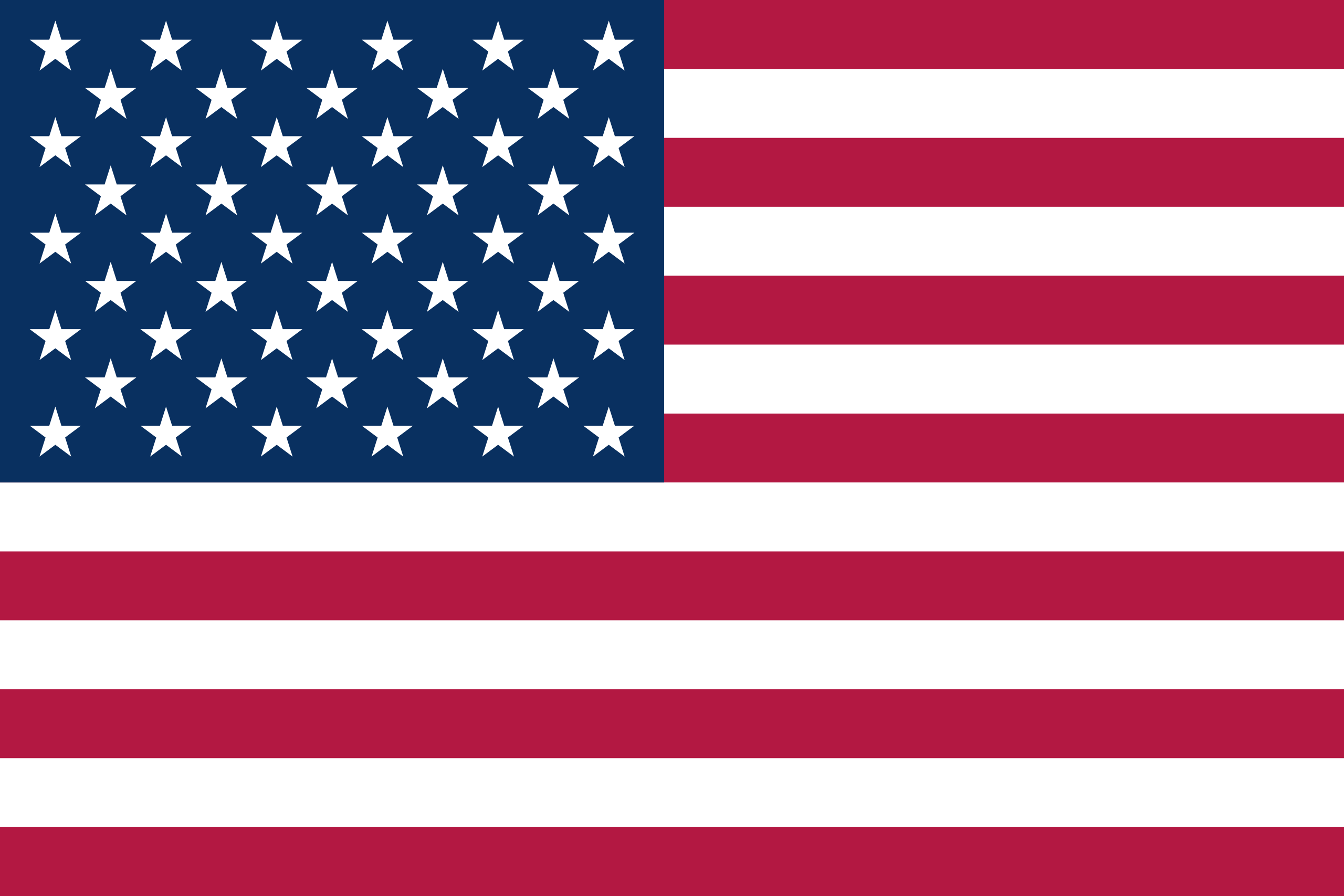
Federal Communications Commission (FCC)
Obtain FCC certification for the US market for your electronic products reliably and securely.
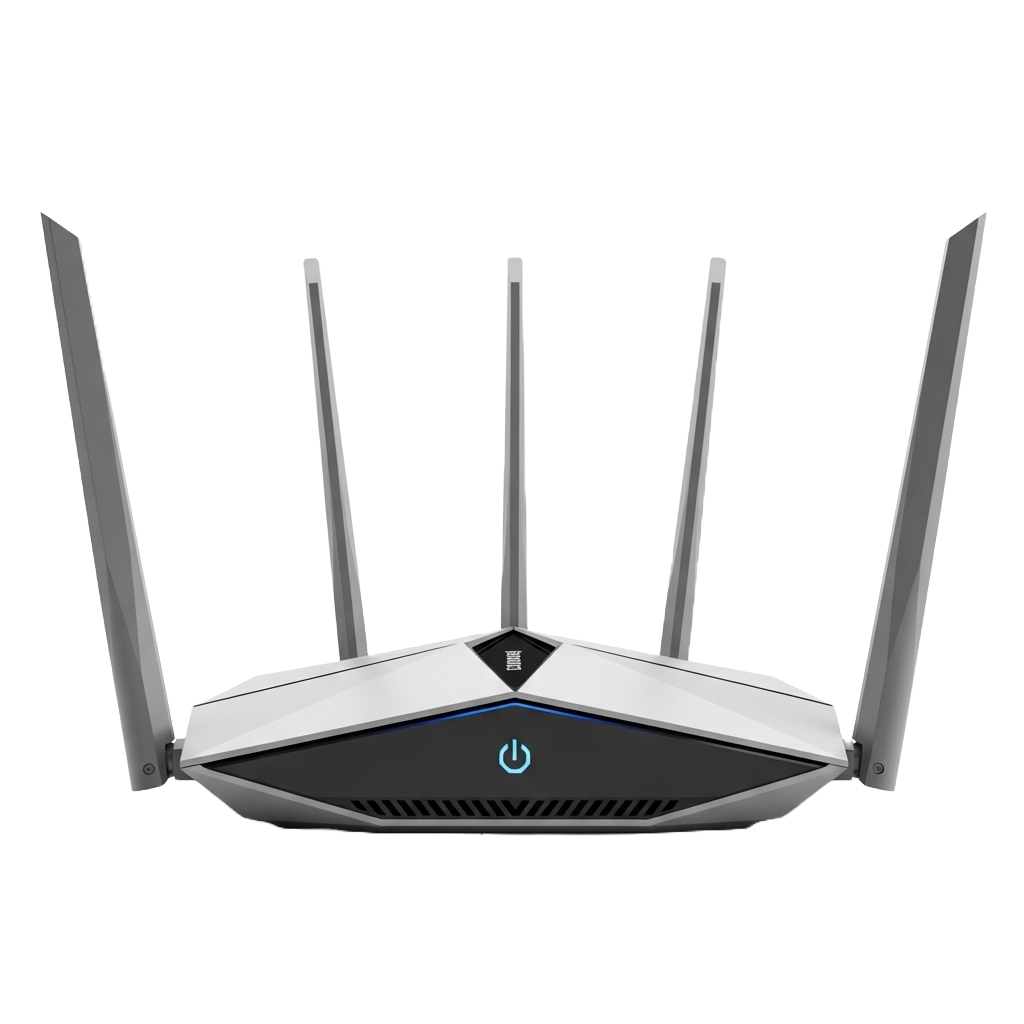

What is it about?
FCC certification is a mandatory process for electrical and electronic products that emit radio signals intentionally, incidentally, or unintentionally, ensuring they comply with the requirements of the Federal Communications Commission (FCC) of the United States to limit electromagnetic interference. This includes devices such as mobile phones, radios, computers, and other telecommunications equipment.
FCC certification applies to all electronic products that emit radiofrequency. This includes, among others:
- Communication devices: Mobile phones, radios, televisions, and transmission equipment.
- Telecommunications equipment: Routers, modems, and other wireless network devices.
- IT equipment: Computers, printers, and other digital devices that emit radiofrequency.
- Wireless devices: Bluetooth, Wi-Fi, and any device that uses radio waves to communicate.
In general, virtually all devices that use electricity for their operation generate radiofrequency in the electromagnetic spectrum and must comply with FCC regulations.
Electromagnetic radiation-emitting devices under the regulations of the U.S. Federal Communications Commission (FCC) are classified into several categories based on their design and how they emit electromagnetic radiation: Incidental radiator, unintentional radiator, and intentional radiator. Within these categories, they are further classified into two subcategories: category A (residential) and category B (industrial/scientific) based on their scope of use.
Each category has different regulations and standards that must be met to minimise interference and ensure compatibility with other devices, as well as to guarantee safety for people in the context of electromagnetic radiation.
Depending on the type of product and its classification, the requirements vary. In general terms, manufacturers must mandatorily identify the equipment's classification, perform conformity tests at a laboratory, prepare the relevant documentation and registration, certify the equipment by an FCC certification body (if mandatory), as well as ensure that the product is accompanied by the user manual and regulatory marking.
Requirements to consider for obtaining FCC certification
To obtain FCC certification, the requirements established by the Code of Federal Regulations Title 47 (FCC) must be guaranteed, complying with each of its chapters and provisions depending on the type of product and its classification.
There are two certification paths: the Supplier’s Declaration of Conformity (SDoC), or self-certification. In this first path, the manufacturer carries out the necessary verifications without the intervention of an FCC certification body. These verifications include laboratory tests and ensuring the equipment is accompanied by the mandatory regulatory documentation (marking, labelling, user manual, and the document related to the Supplier’s Declaration of Conformity). The second path requires the intervention of an FCC certification body, which will carry out the necessary verifications on the equipment (documentary and technical) and will issue a certificate of conformity and an FCC ID. The choice of one path or the other will depend on the features and properties of each product.
Please note that...
Equipment that intentionally emits electromagnetic radiation (e.g., Bluetooth, Wi-Fi) will be subject to certification by an FCC Certification body and will receive an FCC ID. A product that emits non-intentional or incidental radiation may not require the intervention of a certification body, and the manufacturer can opt for the Supplier’s Declaration of Conformity.
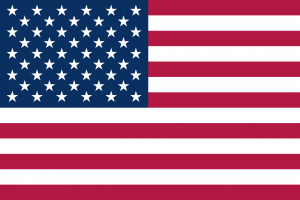

How can we help you with US FCC certification?
We are a company specialising in compliance with extensive experience in the international product certification sector. Whether you can opt for self-certification or require certification by a third-party body, we dedicate all our resources to ensure that you certify your products in an agile, effective, and guaranteed manner.
Our services
Product Certification
Accredited Laboratory Testing
Technical Documentation
Advice and Consultancy
Avoid headaches
Let us help you and focus your energy on your business
“We can only say that they are a great team of professionals. Thanks to their rigorous work and professionalism, we were able to successfully certify the CE and FCC marking of the first version of our product, Travel Sax.”
Ramón Mañas
Odiseimusic (CEO)
“They have made possible what would have been impossible on our own, or much more costly in terms of time and money, allowing us to enter the market with all our responsibilities covered.”
Manuel Vázquez
Oxi Instruments (CEO)
“The quality of their work is excellent; they have shown a level of professionalism and dedication that exceeds our expectations. Their commitment to excellence and their client-oriented approach make them an ideal choice.”
Marcos Bruñuel
Bitbrain (QA/RA Manager)
Familiarise yourself with these basic concepts
If you are a manufacturer or an importer intending to introduce an electrical/electronic product into the United States market, you need to be familiar with and understand a series of essential concepts.
Did you know...
Radio frequency (RF) device: Devices included in electronic products capable of emitting radiofrequency energy by radiation, conduction, or other means. These products can cause interference to radio services operating in the radiofrequency range of 9 kHz to 3000 GHz.
Radiation-emitting devices in the context of the U.S. Federal Communications Commission (FCC) regulations are classified into several categories based on their design and how they emit electromagnetic radiation:
- Incidental Radiator: Refers to devices not designed to intentionally emit radiofrequency radiation, but do so as a by-product of their operation. For example, an electric motor.
- Unintentional Radiator: These are devices not designed to emit radiofrequency, but may do so as a result of their electronic operations. The devices intentionally generate radiofrequency energy for use within the device, or send radiofrequency signals by conduction to associated equipment via connecting wiring, but are not intended to emit RF energy by radiation or induction. Unlike incidental radiators, these devices have electronic circuits that can generate and emit radiofrequencies. A common example is a computer.
- Intentional Radiator: These devices are specifically designed to emit radiofrequency radiation by radiation or induction as part of their operation. A typical example would be a radio transmitter, a mobile phone, or an induction hob.
Within each category, there are subcategories such as:
- Class A Device: These are radiation-emitting devices primarily designed for use in a commercial, industrial, or business environment. They have less strict radiofrequency emission limits compared to Class B devices.
- Class B Device: These devices are primarily intended for use in the home or residential environments. They have stricter standards for radiofrequency emission to minimise interference with other electronic devices in the home.
Each category has different regulations and standards they must comply with to minimise interference with other devices and ensure safety.
The FCC regulates communications through a series of regulations known as "47 CFR", which are part of the Code of Federal Regulations. These regulations are divided into several parts, each addressing different aspects of communications and broadcasting. Some of the most notable classifications are:
- Part 15: Regulates unintentional radiating devices, such as electronic devices that may emit radiofrequency as a by-product of their normal operation, including equipment like computers and Bluetooth devices.
- Part 18: Deals with industrial, scientific, and medical (ISM) emission devices, such as microwave ovens and RF diagnostic medical equipment.
- Part 20: Establishes the principles of roaming interoperability and access for mobile phone services.
- Part 22: Covers public cellular radiocommunication services.
- Part 24: Addresses personal communication services (PCS).
- Part 25: Regulates satellite communication services, including both satellites and earth stations.
- Part 27: Deals with wireless broadband services.
- Part 30: Establishes regulations for wireless services in the 24 GHz frequency band.
- Part 73: Refers to broadcasting regulations, including radio and television.
- Part 74: Includes regulations for auxiliary broadcasting equipment, such as microwaves and data links.
- Part 76: Regulates cable television systems.
- Part 80: Deals with maritime radiocommunication stations and their operations.
These are just some of the parts of 47 CFR; each details specific standards and requirements for different types of communication services and equipment it regulates.
The two main procedures for ensuring compliance with its technical regulations according to the FCC are: the Supplier's Declaration of Conformity (SDoC) and the Certification process. Both are methods for ensuring that radiofrequency equipment complies with the established standards to minimise interference.
- Supplier's Declaration of Conformity (SDoC):
- Under this procedure, the manufacturer or importer of the equipment is responsible for ensuring and declaring that their product complies with FCC standards.
- This generally involves conducting tests in an accredited laboratory to verify conformity with the specific applicable standards.
- Once the product has been tested and verified to comply with the standards, the manufacturer or importer must draft and maintain a declaration of conformity and a technical test report.
- FCC approval is not required before marketing the product, but the FCC can request the conformity documentation at any time.
- Certification:
- This is a more rigorous process used for equipment that could cause significant interference to communications, such as high-power transmitters.
- The product must be tested by an FCC-recognised laboratory.
- After testing, a test report along with a certification application must be submitted to a Telecommunication Certification Body (TCB), an entity authorised by the FCC.
- The TCB reviews the application and test report. If it complies with the standards, the TCB issues a grant of certification.
- Only after receiving FCC certification can the product be marketed and sold.
Both procedures aim to ensure that radiofrequency devices do not cause harmful interference and comply with the safety and performance standards established by the FCC. The choice between SDoC and certification depends on the nature of the device and the specific FCC requirements related to that type of device.
In both cases, the manufacturer must ensure that the product subject to certification conforms to the applicable regulations and requires, among other activities, carrying out laboratory tests and having detailed technical documentation about the product with sufficient detail and evidence of its operation.
The FCC ID is a unique identifier assigned to electronic products approved by the Federal Communications Commission (FCC) in the United States. This identification confirms that the device complies with the FCC's radiofrequency emission standards. The FCC ID consists of a two-part code: the manufacturer's code and the product code. This identifier allows consumers and authorities to track the product's compliance and certification through the FCC's public database.
The "module radio approval" according to the FCC is a certification process for radiofrequency (RF) modules that allows their use in multiple host devices without the need for individual recertification for each device. An approved module receives a specific FCC ID, which indicates that it has met the FCC standards for RF emissions and safety. To obtain this approval, the module must undergo rigorous testing in an accredited laboratory and comply with all relevant FCC regulations by undergoing certification by an FCC certification body. Once approved, manufacturers who integrate these modules into their products can use the module's FCC ID, provided it is installed according to the module manufacturer's specifications. This facilitates the certification process for host devices that include FCC-approved radio modules.
According to the FCC, a "host device" is a main device that contains one or more integrated radiofrequency (RF) modules. These modules can include components such as Wi-Fi cards, Bluetooth, or other RF transmitters. The host device must comply with FCC regulations not only for its own operation but also for the integration of the RF modules. This includes ensuring that the RF modules are correctly installed and operate within the emission and human exposure limits established by the FCC. Additionally, the host device must be labelled according to FCC requirements, indicating the conformity of all integrated components.
A manufacturer incorporating a radio module into their product can opt for a module that is already certified by the FCC (which has an FCC ID). In general terms, as long as the module has been installed according to the specifications and limitations of its respective manufacturer, it will not be necessary to meet the requirements for the radio module again. However, the product containing the said radio module (host device) must comply with its own particular requirements (excluding those of the module).
According to the FCC, laboratory tests for radiofrequency devices must be conducted in accredited laboratories that follow the procedures and standards established by the FCC. These tests are designed to verify that devices comply with specific radiofrequency emission regulations, thus minimising interference with other equipment. The results of these tests are fundamental to the certification process or for the Supplier's Declaration of Conformity (SDoC), ensuring that devices are safe and efficient before being marketed.
In some cases, depending on the type of product, tests can be performed by non-accredited entities.
In addition to the basic technical requirements of the equipment, the FCC requires compliance with SAR (Specific Absorption Rate) requirements. SAR is a measure used by the FCC to determine the amount of radiofrequency energy absorbed by the human body when using any radiofrequency device. The FCC sets SAR limits to ensure that all radiofrequency emitting devices, such as wireless transmitters and similar equipment, operate within safe exposure levels, thus protecting public health. These limits are based on internationally recognised safety guidelines.
The equipment's technical documentation is a mandatory requirement for FCC certification and includes all documentation related to descriptive aspects of both the operation and construction of the equipment, as well as test reports, analyses, and other documents that demonstrate a radiofrequency device's compliance with FCC regulations. This set of documents must be available for review by the FCC upon request.
The user manual, according to the FCC, is a document that accompanies electronic devices to inform the consumer about the safe and correct use of the product. It includes operating instructions, warnings about radiofrequency interference, and compliance with FCC regulations. Additionally, it provides contact information for the manufacturer or "Responsible Party".
The responsible party must ensure the marking and labelling requirements that, according to the nature of each piece of equipment, the FCC demands, with information such as the FCC identification number (FCC ID) and the equipment's model number, and manufacturer's details, as well as compliance warnings, to inform users and authorities about the product's conformity with the relevant regulations.
The "Responsible Party" according to the FCC is the entity or individual who assumes responsibility for complying with FCC regulations for a radiofrequency device. This party is responsible for ensuring that the device complies with all relevant technical, labelling, and compliance regulations. In the case of devices requiring certification, the Responsible Party is the one who applies for the certification. For products under the Supplier's Declaration of Conformity (SDoC) procedure, the Responsible Party is the one who ensures and declares that the product complies with the applicable standards. The Responsible Party can be the manufacturer, the importer, or a designated third party in the United States.
An "Authorised Representative" according to the FCC is a person or entity designated by the manufacturer of a radiofrequency device to act on their behalf in matters related to the FCC. This representative has the authority to prepare and submit documentation, such as certification applications or compliance reports, and to interact with the FCC regarding the regulation and approval of the device. The appointment of an Authorised Representative is particularly important for manufacturers not based in the United States.
Do you have any questions?
We've compiled the most frequent questions from our clients
The FCC (Federal Communications Commission) is the United States government agency that regulates radio, television, wire, satellite, and cable communications. FCC certification is a legal requirement that ensures an electronic product does not cause harmful electromagnetic interference and complies with radio frequency (RF) energy exposure limits. Without it, you cannot legally sell your product in the US market.
Yes, absolutely. The CE Marking is a requirement for the European market (EU) and demonstrates compliance with European directives. FCC certification is a requirement for the United States market. They are completely independent certifications with different regulations and testing procedures.
Yes, they are distinct certifications. Although the technical requirements and testing procedures for ISED and the FCC are very similar, ISED certification is only valid for Canada, and FCC certification is only valid for the United States. However, the same test reports can often be used to apply for both certifications, which simplifies and reduces the cost of the process.
Virtually any electronic device that can oscillate or emit radiofrequency waves requires some form of FCC authorisation. This includes obvious products like mobile phones, Wi-Fi routers, and Bluetooth devices, as well as less obvious items such as switched-mode power supplies, computers, peripherals, and LED lights, as their internal components can generate interference.
No, there are primarily two authorisation procedures, depending on the type of device:
Supplier's Declaration of Conformity (SDoC): This is a self-assessment procedure for devices that have a lower potential to cause interference (e.g., computer peripherals, LED lights). The manufacturer performs the tests and maintains the documentation but does not need to submit a file to the FCC.
Certification: This is the strictest procedure, mandatory for intentional transmitters such as Wi-Fi, Bluetooth, and mobile phones. It requires testing in an FCC-accredited laboratory and the submission of a technical file for approval by a Telecommunication Certification Body (TCB).
The FCC's Supplier's Declaration of Conformity (SDoC) is a self-declaration procedure for low-risk electronic products. It applies to equipment that is not an intentional transmitter (like Wi-Fi or Bluetooth) but can generate interference, such as computer peripherals, power supplies, or LED lights.
Key points are:
Direct Responsibility: The company assumes full responsibility for the product's compliance, without needing prior approval from the FCC. A responsible party based in the U.S. is required.
Mandatory Testing: Laboratory tests must be conducted to demonstrate that the product complies with the regulations (FCC Part 15B), and the company must keep the report.
Labelling: It is mandatory to identify the product. The manual must include a specific FCC declaration of conformity statement.
The FCC ID is a unique alphanumeric identifier assigned to a device that has undergone the Certification procedure. This ID must be visible on a label on the product. Using the FCC database, anyone can use this ID to view the certification details and test reports for the product.
Yes, labelling is mandatory.
For products under the Certification procedure, they must bear a label with the FCC ID.
For products under the SDoC procedure, they must have a compliance label which may optionally include the FCC logo. This label indicates that the product complies with the applicable regulations.
The responsibility lies with the responsible party, which is usually the manufacturer of the product. However, if a product is imported into the U.S. for sale, the importer also has a legal responsibility to ensure that the product has been properly authorised by the FCC before it is marketed.
It is a testing laboratory that has been evaluated and recognised by the FCC as technically competent to perform electromagnetic compliance tests according to FCC rules. For the Certification procedure, it is mandatory to use one of these accredited laboratories.
Selling an unauthorised product is illegal and can have serious consequences. The FCC can impose very high financial penalties, demand the withdrawal of the product from the market, and even seize the products. Furthermore, it can cause irreparable damage to the company's reputation.
The certification itself does not expire for a specific product model. However, if you make any changes to the electronic design that could affect the radiofrequency emissions, the product must be re-evaluated and, if necessary, obtain a new certification or a permissive change authorisation.
